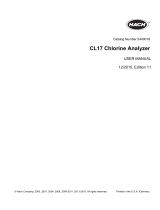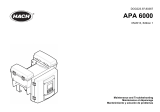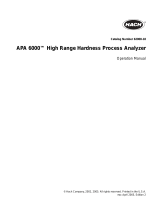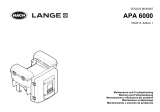Table of Contents
Specifications.............................................................................................................. 3
General information.................................................................................................. 4
Safety information........................................................................................................ 4
Use of hazard information.................................................................................... 4
Precautionary labels............................................................................................. 5
Certification........................................................................................................... 5
Product overview......................................................................................................... 6
Product components.................................................................................................... 7
Installation..................................................................................................................... 8
Install the instrument.................................................................................................... 8
Plumb the instrument................................................................................................... 9
Connect the air purge (optional)......................................................................... 10
Sample line guidelines........................................................................................ 10
Connect the sample stream................................................................................ 10
Install the pump valve pressure plate................................................................. 11
Install the sample conditioning kit....................................................................... 11
Electrical installation.................................................................................................. 12
Remove the access cover.................................................................................. 12
Electrical connections for conduit....................................................................... 13
Wiring for power................................................................................................. 14
Select the voltage............................................................................................... 14
Connect the alarm relays.................................................................................... 14
Install the buffer solution............................................................................................ 15
Install the indicator solution....................................................................................... 15
Install the stir bar....................................................................................................... 16
User interface and navigation............................................................................ 16
Keypad description.................................................................................................... 16
Startup........................................................................................................................... 17
Start the instrument................................................................................................... 17
Prime the reagents (optional).................................................................................... 17
Calibration................................................................................................................... 17
Complete a 2-point calibration................................................................................... 17
Operation..................................................................................................................... 18
Maintenance............................................................................................................... 18
Maintenance schedule............................................................................................... 18
Clean the instrument.................................................................................................. 19
Clean the instrument interior...................................................................................... 19
Clean spills................................................................................................................ 19
Replace the reagent.................................................................................................. 19
Change the alarm trip point....................................................................................... 19
Replace the pump tubes............................................................................................ 19
Replace the tubing..................................................................................................... 20
Clean the colorimeter................................................................................................. 20
Replace the sample conditioning filter....................................................................... 20
1




























